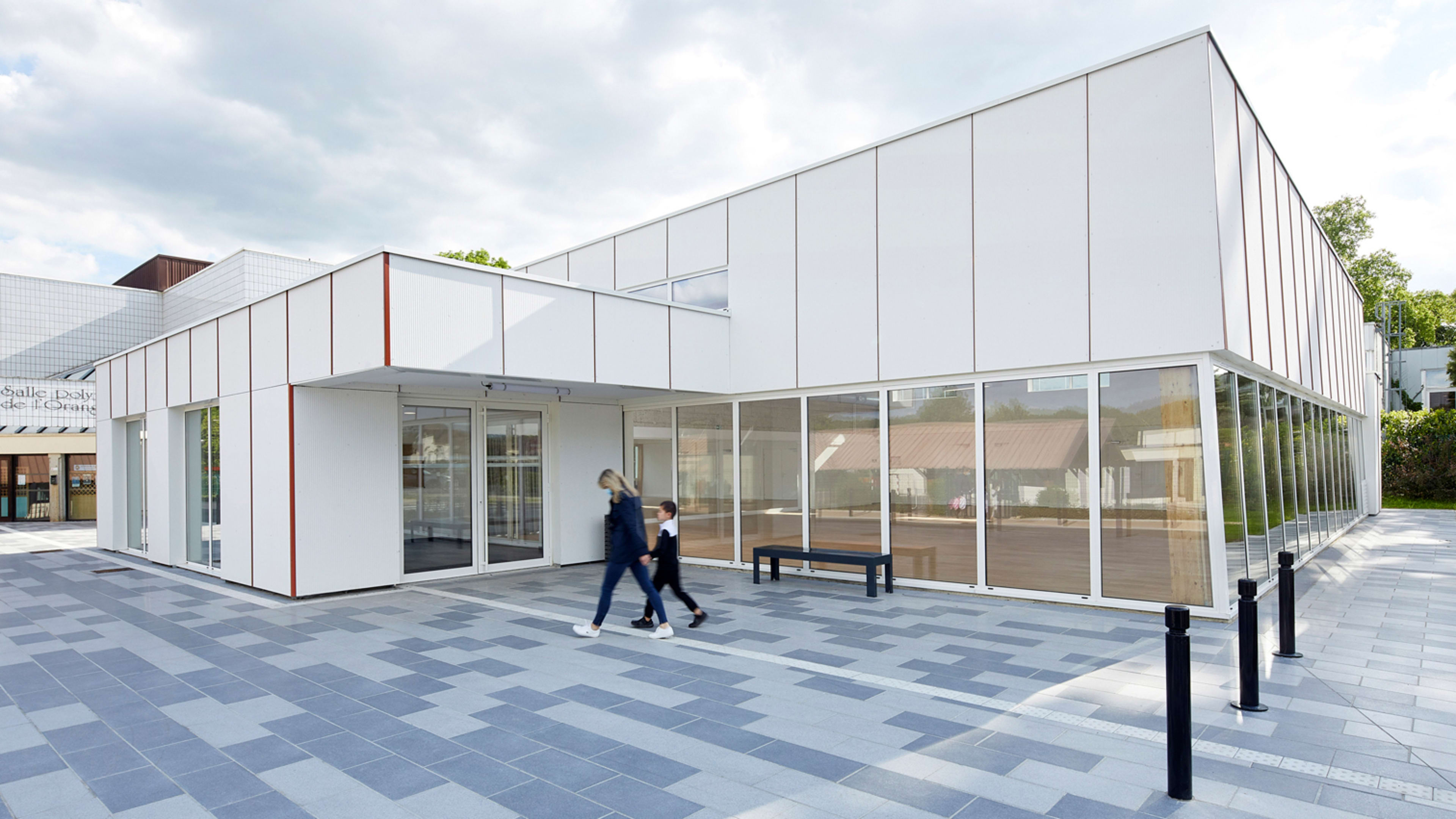It was used to seal Chinese sailing vessels in 200 BCE, and to reinforce bridges when France was still Gaul. Hemp is one of the fastest-growing plants on the planet, and its potential as a building material has been known for centuries.
A strain of the ubiquitous Cannabis sativa (yes, it is the same one that produces marijuana, but it cannot contain more than 0.3 percent of THC), hemp can grow up to 13 feet in a matter of months. It can be cultivated in 90 to 120 days, which is 100 times faster than oak trees. It is lighter and less expensive than wood, and according to recent studies, it can capture carbon twice as effectively as a forest of trees.
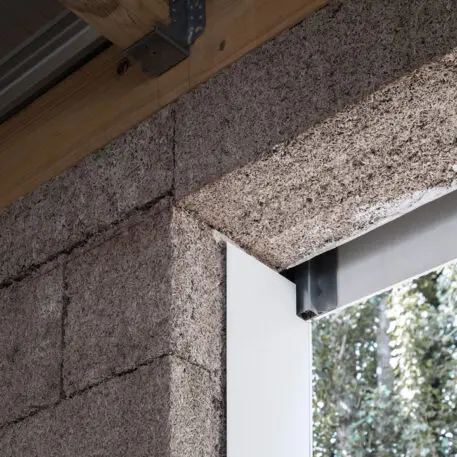

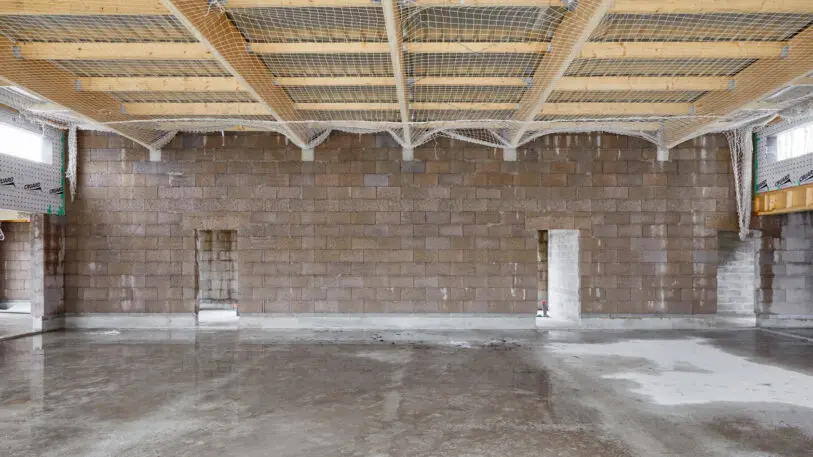
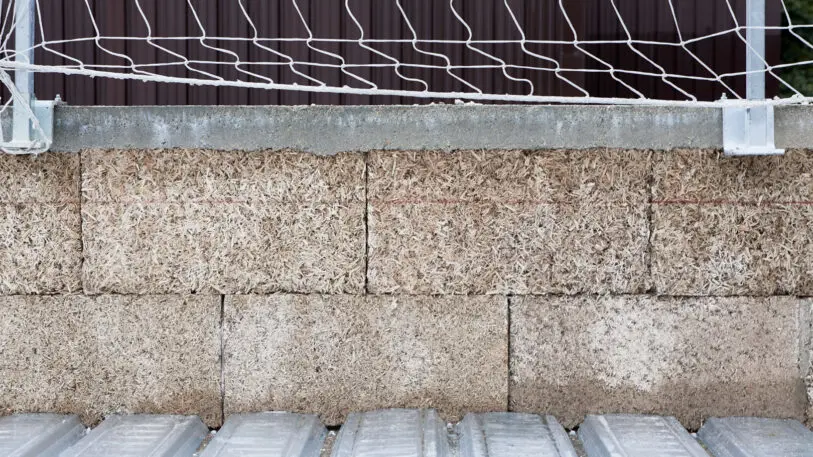
In 2018, the U.S. Farm Bill was amended to legalize agricultural hemp, and the industry has slowly been growing. In Ketchum, Idaho, a startup called Hempitecture creates HempWool, a type of insulation made of 95% hemp fibers as well as hempcrete blocks. In Durham, North Carolina, Plantd is prototyping a hemp-based Oriented Strand Board (a kind of material often used to sheath roofs, walls, and floors.) And in Kentucky, a company called HempWood is using hemp fibers to manufacture alternative wood.
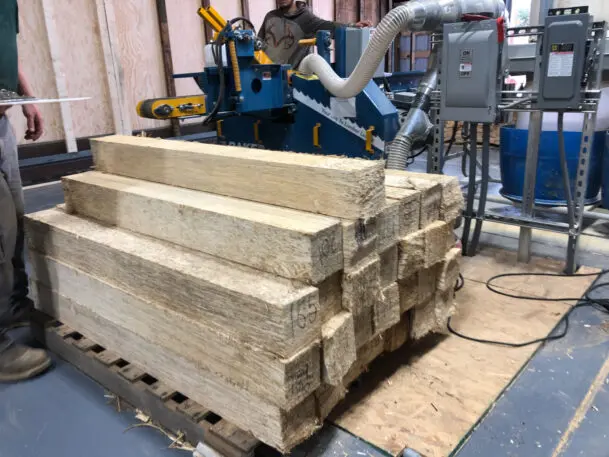
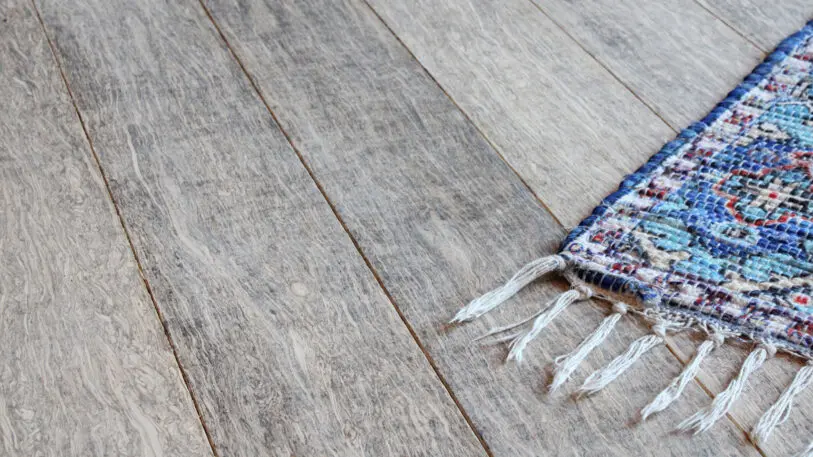

Darshil Sha is senior researcher within the Centre for Natural Material Innovation at the University of Cambridge. He says hemp was traditionally used to make ropes, textiles, and paper, but its role as a building material is increasing. “The advantage of hemp is that it’s more likely to be sustainably managed than timber, depending on where timber is sourced from,” says Shah.
“Lots of innovations are going on now, looking at what forms hempcrete can take,” he says. You can make bricks out of hempcrete, you can 3D print with hempcrete, and you can even spray a mixture of water, lime and hemp inside walls in lieu of foam insulation.
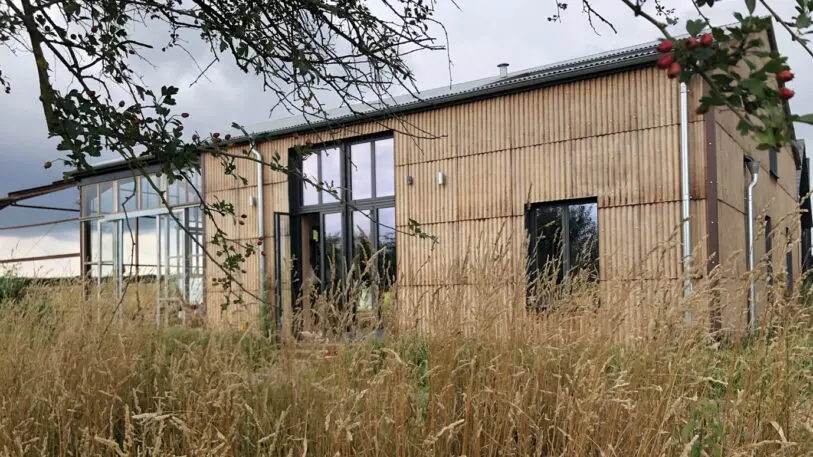
Last year, Shah collaborated with the Irish-British filmmaker Steve Barron (who directed the music video for Michael Jackson’s “Billie Jean”). Together with London-based Practice Architecture, Barron converted his 53-acre Margent Farm in Cambridgeshire to hemp production and used the crops to build his own house. The walls are made of hempcrete, and the building is clad in a custom-made corrugated material made of hemp fibers and bio-resin. Shah says that envelope helped lower the building’s carbon emissions by 18-20%.
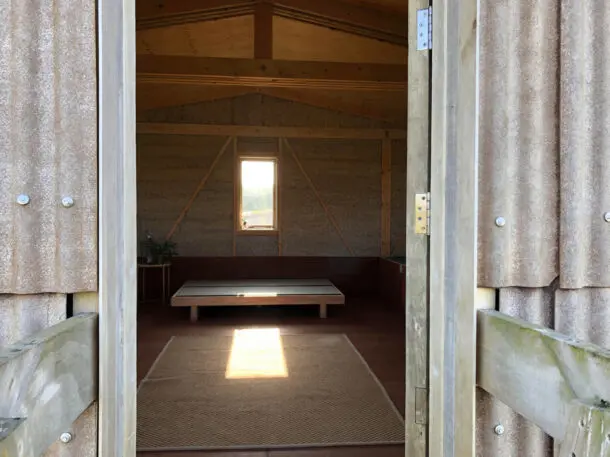
“There’s been a rethinking with hemp, mostly in the past five years, but it’s been going on under the current since the ’90s,” Shah says. For now, hemp can’t be used structurally or on its own. “Timber works as a good partner with hemp,” says Shah, but hemp-based creative solutions abound. Over the past few months, Shah has been researching ways to build wind blades out of hemp (currently, wind turbine blades are sent to a landfill). He’s also working on creating fully compostable hemp-bioplastics to be used in packaging.
“One of the things hemp sector and plant-based materials lack is the cohesiveness because it’s such a discrete industry,” says Shah. For hemp to really take off, he says regulations need to change. In the U.S., you need a special permit (courtesy of U.S. Department of Agriculture) to grow so-called industrial hemp. And in the U.K., where Shah is based, that permit is issued by the British Home Office, and drug laws are hampering the U.K.’s hemp industry. “When people say [hemp] is the plant of the future, that may be true in the future,” he says, “but we have a lot of catching up to do in terms of its production quantity.”
Recognize your brand’s excellence by applying to this year’s Brands That Matter Awards before the early-rate deadline, May 3.
